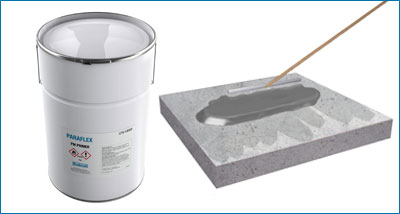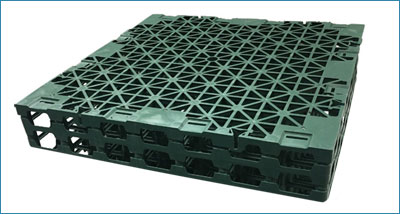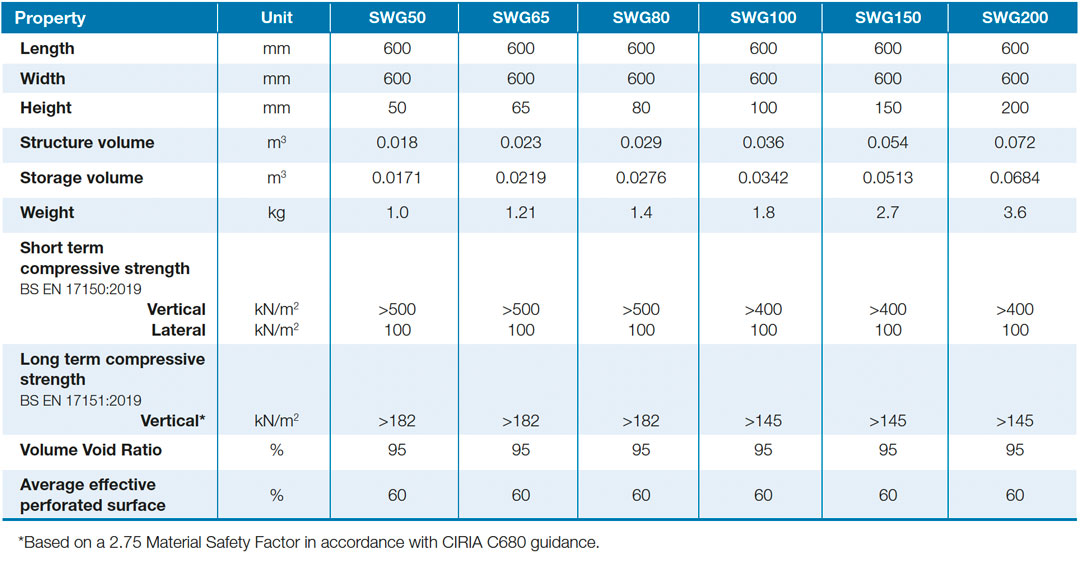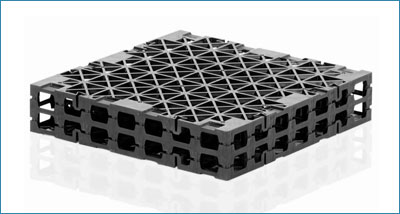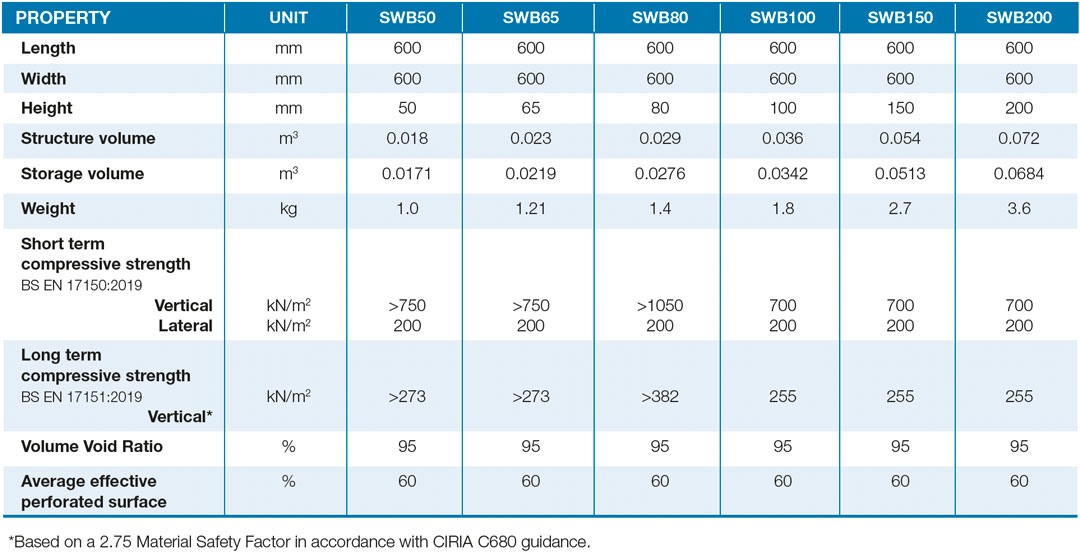DESCRIPTION
ParaFlex PM Primer is a primer system comprised of a low-viscosity colourless reaction resin based on methyl methacrylate and a hardener powder.
ParaFlex PM Primer is a primer with excellent adhesion to metal and concrete (e.g. iron, aluminium and waterproof concrete structures) also to ceramic surfaces, marble and granite. ParaFlex PM Primer may only be used without filler. Tests should generally be made on curing and adhesion to the substrate.
APPLICATION
The surface to be primed must be dry, free from dust, grease or oil, and have good adhesion and load-bearing properties. Loose tiles and tiles with cavities behind should be removed. Before applying the primer, remove all corrosion from metal substrates by sanding and/or blast-cleaning.
Mixing
The amount of hardener required is dependent on temperature. For details see the container lid.
The adhesive base should be applied as a sealed film with blanket coverage and in principle should be sprinkled with quartz sand of grain size 0.3 – 0.7 mm or 0.4 – 0.8 mm.
Please also refer to our instructions on priming and our technical information sheets.



